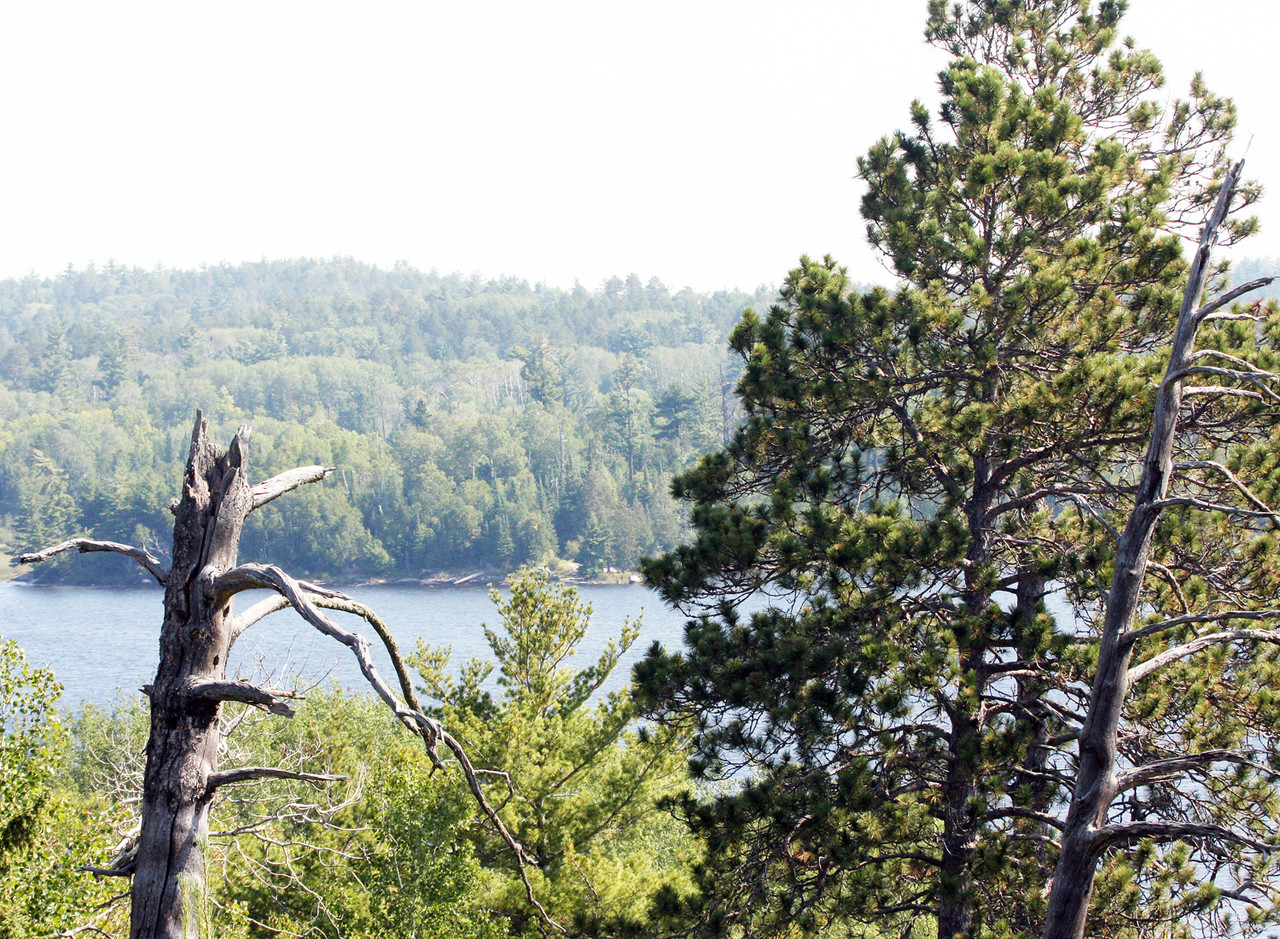Support the Timberjay by making a donation.
Land exchange
Public hearings set on school trust lands plan
REGIONAL— Politicians and the public have debated for years what to do with about 83,000-acres of state school trust lands that were essentially marooned in the Boundary Waters Canoe Area through …
This item is available in full to subscribers.
Attention subscribers
To continue reading, you will need to either log in to your subscriber account, or purchase a new subscription.
If you are a current print subscriber, you can set up a free website account and connect your subscription to it by clicking here.
If you are a digital subscriber with an active, online-only subscription then you already have an account here. Just reset your password if you've not yet logged in to your account on this new site.
Otherwise, click here to view your options for subscribing.
Please log in to continue |
Land exchange
Public hearings set on school trust lands plan
REGIONAL— Politicians and the public have debated for years what to do with about 83,000-acres of state school trust lands that were essentially marooned in the Boundary Waters Canoe Area through passage of the 1978 law that established the 1.1 million-acre federal wilderness area.
But while the public debate raged, a group of federal and state officials has spent the past few years quietly working to resolve the issue— and their non-binding proposal for a land exchange is now out in draft form.
“We’ve reached another milestone in this project,” said Aaron Vande Linde, who oversees the school trust lands for the state of Minnesota.
The U.S. Forest Service is now inviting comment on the proposal at any of five open houses scheduled this month, including one scheduled for March 23, from 4-7 p.m., at the Kawishiwi Ranger Station in Ely. The comments will be used to help determine the level of environmental analysis that will be required before final approval of the exchange. The environmental review process would provide additional opportunities for public comment.
The land exchange proposal now under review calls for the U.S. Forest Service to acquire approximately 30,000 acres of school trust lands in the BWCAW from the state of Minnesota, in exchange for lands of similar value elsewhere within the Superior National Forest. A team of resource specialists have identified about 39,000-acres of isolated, federally-owned parcels within the boundaries of the national forest that would be available as part of the exchange. The exchange would not alter the boundaries of the Superior National Forest, but would help to consolidate both state and federal ownership within the forest. “That is one of the key benefits to the trust,” said Vande Linde. “The work group was very wise in looking to increase consolidation of management,” he said.
For the state, the exchange will replace a portion of its school trust land base within the BWCAW for lands outside the wilderness, which would presumably be available for revenue-generating activities, such as timber sales. Proceeds from such activity would help to compensate the school trust fund, as is required by the state’s constitution. Vande Linde said it’s too early to speculate on how much more revenue the new trust lands might generate, because the actual lands to be included still haven’t been identified for sure. But Vande Linde said some long-term benefit is almost certain. “Those 30,000 acres generate no revenue now,” he said.
While the exchange would be a major step forward in addressing the school trust lands in the BWCAW, it would still leave about 53,000 acres of school trust lands within the wilderness.
But under a state law passed in 2010, the Forest Service would acquire the remainder through a straight land purchase.
The hybrid option, with a combination of exchange and federal acquisition, was approved by the Legislature as a compromise approach to a politically-charged issue. A proposed federal purchase of all of the state trust lands in the BWCAW back in the late 1990s was scuttled by politicians from the region, who were advocating for an exchange that they believed could transfer up to 300,000 acres of national forest lands to the state.
That possibility prompted an outcry from environmentalists, who feared that state management of so much of the national forest would over-emphasize extractive uses, such as mining and logging, at the expense of wildlife habitat and recreation.
“That’s when they came up with the one-third land exchange, two thirds land sale concept,” said Vande Linde. “We’ve been working under that hybrid model since 2010.”
Kris Reichenbach, Superior National Forest spokesperson, agreed. “The intent is to continue to look at options to purchase the remaining school trust lands inside the wilderness,” she said. The process of identifying federal funding sources for the acquisition remains ongoing, according to Vande Linde.
The lands identified for possible exchange range across the forest, but the majority are located on the western end of the forest, principally in St. Louis County. “The federal lands that were identified, were in proportion to the trust lands that would come out of the same county,” said Vande Linde.
The lands include 984, mostly isolated, 40-acre tracts surrounded by other public ownerships, such as state or county. The land exchange would be conducted on a value-for-value basis, said Vande Linde, rather than on an equal acre-for-acre swap. That means all of the lands involved will need to be appraised, another step that will take considerable time.
While the release of an actual proposal is a milestone, it’s a long way from the end of the road, according to Vande Linde. “This is a longstanding controversy. It’s not going to get it resolved overnight,” he said.
And both sides in the debate remain somewhat skeptical of the process. “I think it can be said that we still have a lot of convincing to do on both sides,” said Vande Linde.






